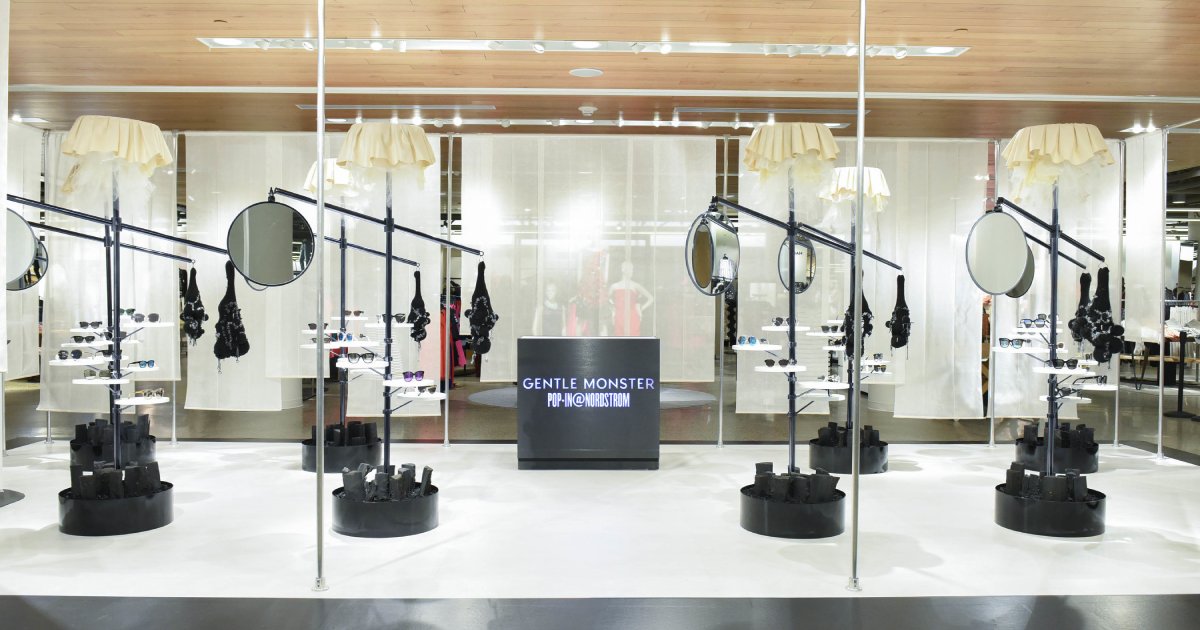The Importance of Making Purchases Feel Playful

An Executive Voices Blog by Lizzy Newsome, Toy Curator and Founder of Kappa Toys
When was the last time you had fun?
As a nation recovering from collective trauma, it feels like we could all use a bit of playful distraction and even the most mundane of tasks could benefit from an infusion of fun.
Play is all about engaging in activity for pure enjoyment, rather than a serious or practical purpose. Incorporating a sense of play into an inherently practical activity—like shopping for your family—is what makes experiential retail so compelling. It’s the very best of both worlds: the practical act of shopping overlayed with the fun and diversion of play.
With the boom of the experience economy well upon us, we are only just beginning to touch the edge of experiential retail. The magic of experiential retail is much the same as the appeal of window shopping—retail as an activity. Potential customers and casual onlookers are treated to equal access in exchange for their time and interest.
This is especially true for young consumers, who are showing increasing demand for experience over substance.
According to Vogue Business, over a third of Gen Z and Millennial consumers said unique in-store events (including live music, influencer meet-and-greets, and pop-up shops) would make them excited to shop in a physical store. And a new breed of retailers is taking this generation at their word.
Gentle Monster, for example, crafts retail spaces that feel more like an experimental art exhibit than a sunglass store. Giant kinetic sculptures and space-age retail counters draw the eye away from simplistic frames that cost upwards of $300.
In an interview with Retail TouchPoints, Gentle Monster’s U.S. Director of Customer Experience David Kim said the company’s goal is to create an offline experience with “a disruptive creativity that pursues [the] weird and beautiful.”
The payoff for these art galleries as retail spaces is still being calculated, but the impact is undeniable—especially when approached in comparison to surrounding retail options. If you’re on the hunt for a true shopping experience, you’re going into the store with the giant human faces on display, regardless of what’s on sale.
Omega Mart, on the other hand, is focused on the ticketed experience and applying retail as an upsell. The Las Vegas installation from the art collective known as MeowWolf features the comforting vibes of a ‘90s-era supermarket and is stocked with appropriately branded consumer goods to complete the experience. While tickets regularly sell out, the venue sees an additional revenue stream from guests who want to take a piece of the experience home. $35 daikon radish, anyone?
As a retailer who has always felt the need to incorporate design into the brand formula (I am, after all, a curator), I applaud this trend. We can only hope it gains momentum.
There are so many different touchpoints where time and money can be applied to chase customer acquisition, but so few have a lasting effect on the brand. Commercials go off the air and digital ads expire, but physical art as attraction in brick-and-mortar stores can create a lasting brand memory.
The magic of experiential retail continues far beyond when the campaign ends and the product launch is over. Something was created and your true brand advocates will always have a memory tied to your experience.
Kappa Toys is a design-minded toy store, with a wide selection of never-before-seen oddities combined with a carefully curated selection of nostalgic classics. Kids and adults can spend hours discovering the toys of yesterday interspersed with playthings from Japan and beyond. Since 2014, Kappa Toys has crafted an experience that resonates across generations, combining the significant toys from the past with the new icons coming from pop culture.




